
Mixed into the world of Malaysian Batik is a French designer who has managed to assimilate into the industry and yet stand out with a style that is all her own. This is the story of an French woman’s love for this traditional Asian textile and the success of her “Arizali” label.
Even as a young girl living in France, Nashka Solotareff loved textiles and her experience with batik started long before she came to Malaysia. The batik paintings that she made in France were nothing like those created in this country however. Upon arriving in Malaysia, Solotareff soon discovered that gutta, the coloured glue-like resist she had been using instead of wax would melt under the hot Malaysian sun and the French dyes would never set in this humid climate. Thus, she learned to adapt to her new home and exchanged her gutta pen for the tjanting tool and tin blocks of Malaysia.
As a boutique manager for Club Med Resorts, Solotareff had the opportunity to explore all over Asia. Her focus on the Batik print technique finally led her to Malaysia where she found it to be an ideal place to start her own business. Soon after settling down in Kuala Lumpur, she began creating her own designs under the brand “Arizali.” The wide variety of colors, designs and garments that she found during her travels however inspires her to this day as she incorporates them with the more somber look of her native French fashion.
The name “Arizali” comes from “alizarine,” the French name of a plant which has been used for centuries to make a deep, red dye. It speaks of the ancient and opulent nature of batik and is easy to pronounce in any language. As Solotareff asserts, “it sounds Asian but could also be Italian.” The name’s versatile nature is perfect for a brand that prides itself in its fusion of European and Asian designs.
Solotareff brings in her materials from other countries such as India, China and Indonesia then supervises the final cutting, creating and packaging in Malaysia. Thus, her products combine quality materials from all over Asia but are still considered a product of Malaysia.
In order to have continued success, it is important to find suppliers who can develop new fabrics and color patterns as well as batik factories to produce her products. Solotareff is frustrated by the decrease in both supplies and workers since she first started her business.
Furthermore, she describes batik in Malaysia as a "sunset industry" which is dying because of the secrecy and distrust between designers, manufacturers and suppliers. They all want to keep the knowledge of this craft to themselves, but what they don't realize it that by doing so, they also take away the appreciation of this difficult medium to consumers. Thus, artists and entrepreneurs must work together if Malaysian batik is to survive.
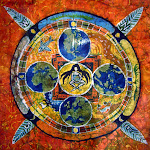
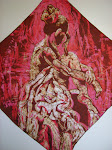

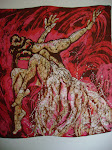

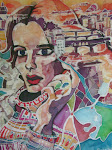
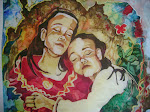

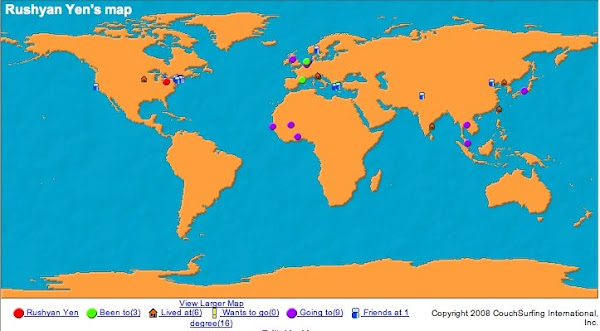
No comments:
Post a Comment